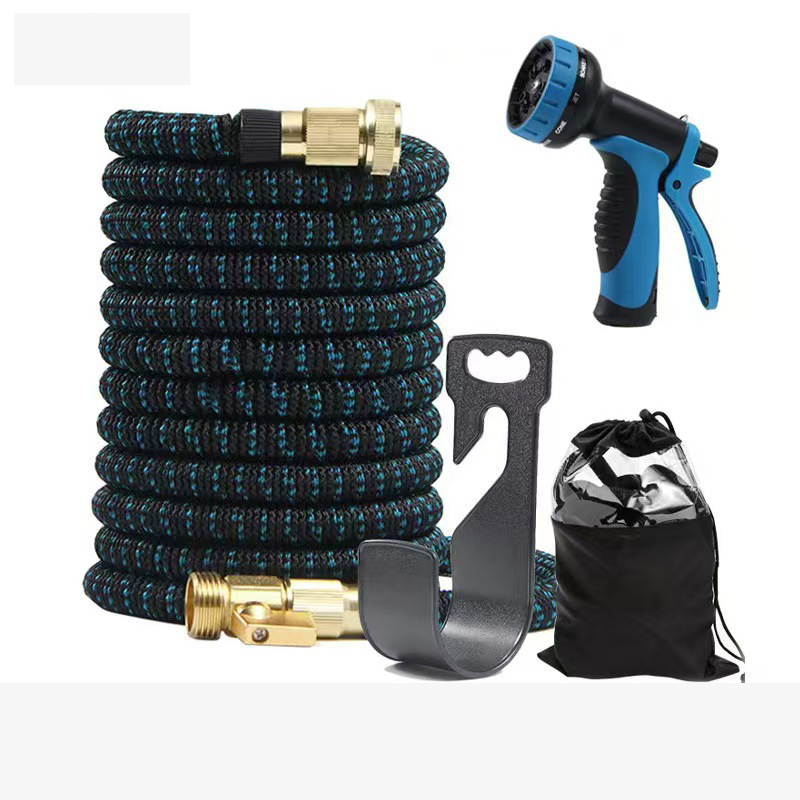Table of Contents
How to Fix Leaks in Garden Tap Splitters
Garden tap splitters are a convenient tool for dividing water flow to multiple hoses or watering devices in your garden. However, like any other garden tool, they can sometimes develop issues that need to be addressed. One common problem that gardeners encounter with tap splitters is leaks. Leaks can be frustrating and wasteful, but they can usually be fixed with a few simple steps.
The first step in troubleshooting a leaky garden tap splitter is to identify the source of the leak. Leaks can occur at the connection points between the splitter and the hoses, or within the splitter itself. Inspect the splitter and hoses for any visible signs of damage or wear, such as cracks, holes, or loose fittings. Tighten any loose connections and replace any damaged parts as needed.
If the leak persists after tightening connections and replacing damaged parts, the next step is to check the rubber Washers inside the splitter. Over time, these washers can become worn or damaged, leading to leaks. To replace the washers, turn off the water supply to the splitter and unscrew the splitter from the tap. Remove the old washers and replace them with new ones of the same size and type. Reassemble the splitter and turn the water supply back on to test for leaks.

If replacing the washers does not solve the problem, the issue may be with the threading on the tap or the splitter. Inspect the threads for any signs of damage or wear, such as corrosion or stripped threads. If the threads are damaged, you may need to replace the tap or the splitter. Before replacing the tap or splitter, make sure to turn off the water supply and drain any remaining water from the system.
Another common issue with garden tap splitters is low water pressure. Low water pressure can be caused by a variety of factors, including clogged Filters, kinks in the hoses, or a faulty tap splitter. To troubleshoot low water pressure, start by checking the filters in the splitter and hoses for any debris or blockages. Clean or replace the filters as needed to improve water flow.
If the filters are clean and the hoses are free of kinks, the issue may be with the tap splitter itself. Inspect the splitter for any signs of damage or wear that could be restricting water flow. If the splitter is damaged, replace it with a new one to restore water pressure to your hoses.
In conclusion, garden tap splitters are a useful tool for dividing water flow in your garden, but they can develop issues such as leaks and low water pressure. By following these troubleshooting tips, you can identify and fix common issues with tap splitters to keep your garden watering system running smoothly. Remember to regularly inspect and maintain your tap splitter to prevent future issues and ensure efficient water distribution in your garden.
Troubleshooting Low Water Pressure in Garden Tap Splitters
Garden tap splitters are a convenient tool for dividing water flow to multiple hoses or watering devices in your garden. However, like any other equipment, they can sometimes encounter issues that may affect their performance. One common problem that gardeners may face with tap splitters is low water pressure. Low water pressure can be frustrating, as it can hinder the effectiveness of watering your plants or cleaning your outdoor space. In this article, we will discuss some common causes of low water pressure in garden tap splitters and how to troubleshoot them.
One possible reason for low water pressure in your garden tap splitter is a clogged filter. Over time, debris and sediment can accumulate in the filter, restricting water flow. To address this issue, you can remove the filter from the tap splitter and clean it thoroughly. Use a brush or Toothbrush to scrub away any buildup, and rinse the filter with water to ensure it is clear of any obstructions. Once the filter is clean, reattach it to the tap splitter and test the water pressure to see if the issue has been resolved.
Another potential cause of low water pressure in garden tap splitters is a leak in the hose or connections. Check all the connections between the tap splitter, hoses, and watering devices for any signs of leakage. Tighten any loose connections and replace any damaged hoses to prevent water loss and improve water pressure. Additionally, make sure that the tap splitter itself is securely attached to the water source to prevent any leaks that may be affecting water flow.
If you have ruled out clogged filters and leaks as the cause of low water pressure in your garden tap splitter, the issue may be related to the water source itself. Check the main water supply to ensure that there are no issues with the water pressure coming into your garden. If you suspect that the water pressure is low from the source, you may need to contact your water provider to address the issue. In some cases, installing a pressure regulator on the main water line can help stabilize water pressure and improve the performance of your garden tap splitter.
In conclusion, low water pressure in garden tap splitters can be a frustrating issue that hinders the effectiveness of watering your plants or cleaning your outdoor space. By troubleshooting common causes of low water pressure, such as clogged filters, leaks, and water source issues, you can identify and address the problem to improve water flow and optimize the performance of your tap splitter. Regular maintenance and inspection of your garden tap splitter can help prevent issues and ensure that it continues to function properly. If you continue to experience low water pressure despite troubleshooting, consider seeking professional assistance to diagnose and resolve the issue.

